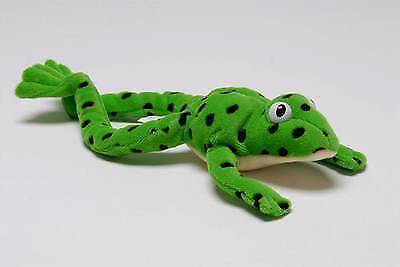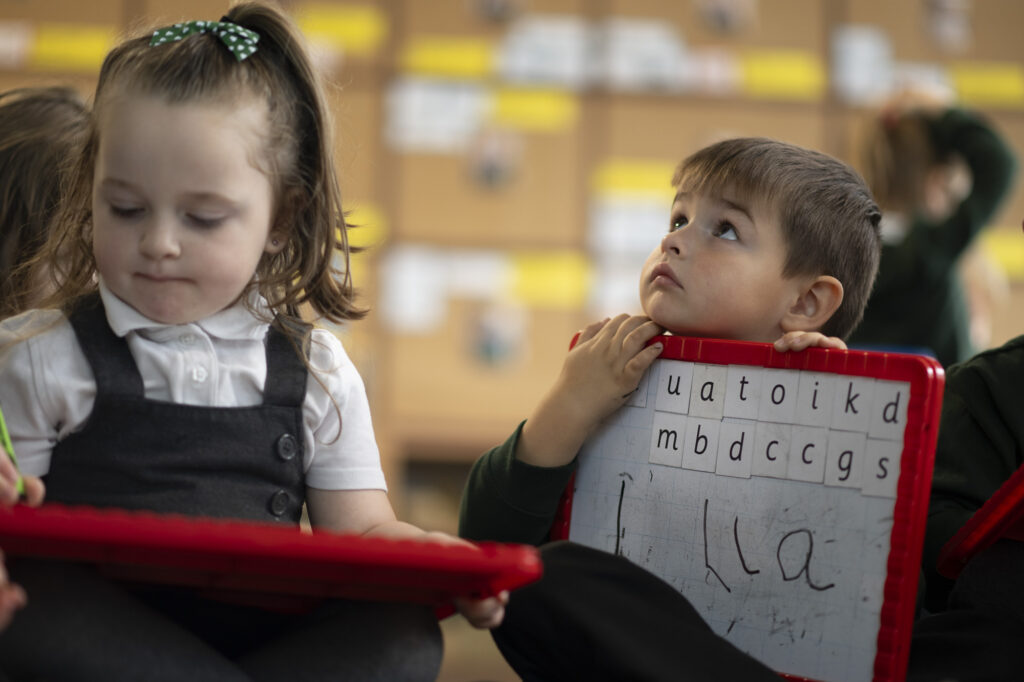Phonics at Parkstone Primary School
At Parkstone we follow the Read Write Inc phonics programme. Read Write Inc teaches children to read accurately and fluently with good comprehension. They learn to form each letter, spell correctly, and compose their ideas step-by-step.
In the programme children learn sounds and the letters that represent them, and how to form the letters. Then, they read books written using only the letters they have learnt (and a small number of separately taught ‘tricky words’). This gives the children plenty of early success and builds up their reading confidence.

How will my child learn to read?
The Read Write Inc. Phonics approach teaches children to read sets of sounds and then blend them to read words. The books that they read at school will only contain the sounds they’ve already learned, so children learn quickly and confidently.
What is Fred Talk?
If your child’s school is using Read Write Inc. Phonics, teachers will introduce your child to a toy frog called Fred once he or she is ready to start reading words. Fred can only say the sounds in a word and needs your child to help him read the word. Fred will say the sounds and children will work out the word. For example, Fred will say the sounds c–a–t, and children will say the word cat. This is Fred Talk: sounding out the word.
How can I help at home?
In the early stages of learning to read, help your child to learn the sounds represented by the letters (e.g. mmmm), rather than the letter names (e.g. em). This will help them when they start blending sounds together to read words.

Useful Tips on How to encourage your child to read
Be a reader. Set a good example by reading yourself and reading to your child. Let your child see you value reading and see how important it is.
Value reading. Help your child keep their books in a special place; show them how to turn pages carefully.
Reading all around. Help your child to read words all around them – food packets, shop displays, on buses, in newspapers, leave a message in your child’s lunch box or school bag!
Fun with words Magnetic words/letters on the fridge – make words/messages together for others to read
Make time to read. Read a bedtime story with your child every night. Encourage them to share their reading with grandparents, brothers, sisters and other relatives.
Join the library. It is free and children love to choose books, you may be surprised by their interests.
Keep in touch with school. Try to make a regular time slot, about 10 minutes, to hear your child read to you. Change home reading books regularly.
How to help with reading.
Be positive. Praise your child for trying hard with their reading. Let him/her know it is all right to make a few mistakes.
Build confidence. Learning to read is more successful if the child feels unafraid to try, how a child feels as a reader can help or hinder his/her success.
A quiet time together. Try to listen to your child read without any distractions – a quiet place in the house with no TV.
Prediction. Ask your child if he/she can tell you what the book might be about from the title. Make it an exciting time – ‘let’s find out what happens’
Finger pointing. With early reading books encourage them to point with their finger under each word as they read, once they are confident with this, let them follow the text with their eyes.
Again and again. Don’t worry if they want to read the same book many times, each time they read they are gaining confidence and understanding more.
Story voice. Try to encourage them to sound as though they are talking as they read – use a story voice – reading in phrases or sentences.
Give them time. Do not rush in, let them try to solve the word on their own first, then prompt to sound out or say the first letter of the word or split the word into smaller sections.
Don’t make them try too hard! It is ok to tell them the word sometimes.
Talk about the book. Ask questions and encourage your child to ask questions about what happens in the book. Answering questions will tell you how much your child has understood about the book.
Don’t read for too long! A good 10 minutes is better than a difficult half hour.
Comments Please comment in the reading journal on how well your child has read, how well they worked words out and if you talked about the story.
Make it fun! The more positive reading is for the child who is starting on the reading journey the better reader they will become.


